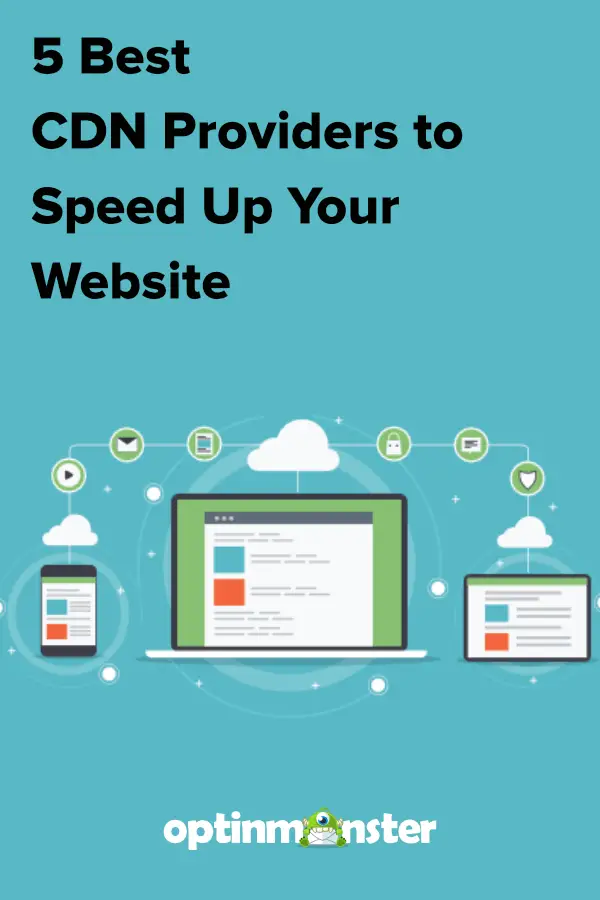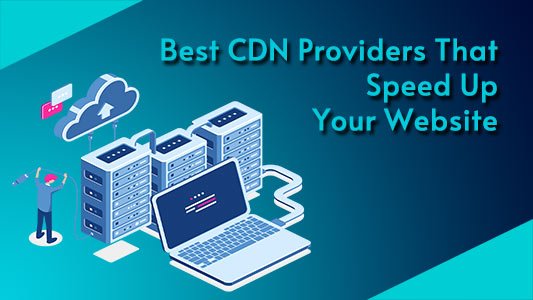Comparative Analysis of Top CDN Providers

Features:

| Provider | Content Caching | Content Delivery Optimization | Security Features | Advanced Analytics |
|---|---|---|---|---|
| Akamai | Global PoPs | Dynamic Site Acceleration | DDoS protection, WAF | Real-time reporting, User behavior insights |
| Cloudflare | Over 275 global locations | Argo Smart Routing | Web application firewall (WAF), Bot management | Performance metrics, Security logs |
| Amazon Cloudfront | AWS-optimized cache | CloudFront Functions, Origin Shield | DDoS protection, Signed URLs | CloudWatch metrics, Logs integration |
| Google Cloud CDN | Google Cloud Platform integrated | Network Intelligence, Load balancing | Managed TLS, WAF | Cloud Monitoring, Log Explorer |
| Microsoft Azure CDN | Azure-optimized cache | Routing Manager, Cache Manager | DDoS protection, WAF | Azure Monitor, Application Insights |
Prices:

| Provider | Pricing Model | Starting Price |
|---|---|---|
| Akamai | Usage-based | Contact for quote |
| Cloudflare | Pay-As-You-Go | $20/month |
| Amazon Cloudfront | Pay-As-You-Go | $0.125/GB for data transfer |
| Google Cloud CDN | Pay-As-You-Go | $0.085/GB for data transfer |
| Microsoft Azure CDN | Pay-As-You-Go | $5/TB for data transfer |
Performance:
| Provider | Latency | Throughput |
|---|---|---|
| Akamai | Low (global network) | High |
| Cloudflare | Low (CDN edge locations) | High |
| Amazon Cloudfront | Moderate (AWS-optimized cache) | Moderate |
| Google Cloud CDN | Moderate (GCP-optimized cache) | Moderate |
| Microsoft Azure CDN | Moderate (Azure-optimized cache) | Moderate |
Additional Considerations:
- Global Reach: Akamai and Cloudflare offer the widest global reach with numerous PoPs.
- Scalability: All providers offer scalable solutions that can handle high traffic volumes.
- Customization: Akamai and Cloudflare provide advanced customization options for tailored solutions.
- Developer Support: All providers offer developer documentation and tools to integrate CDN functionality.
- Customer Support: Akamai and Cloudflare provide 24/7 support, while the others offer tiered support plans.
Recommendation:
The best CDN provider for you depends on your specific requirements. For global reach and high performance, Akamai and Cloudflare are excellent choices. For cost-effectiveness and ease of use, Amazon Cloudfront and Google Cloud CDN are suitable options. Microsoft Azure CDN is ideal for organizations leveraging the Azure ecosystem.
Additional Tips:
- Run performance tests to determine the best provider for your content and audience.
- Consider your budget and scalability needs before choosing a pricing plan.
- Explore customization options to optimize performance and meet your business requirements.
- Leverage analytics and monitoring tools to track CDN performance and user behavior.Comparing The Top CDN Providers: Features, Prices, And Performance
Executive Summary
This comprehensive guide thoroughly evaluates and compares the leading CDN providers in the market. Through detailed analysis of their features, pricing models, and performance metrics, we aim to provide website owners and developers with the necessary insights to make an informed decision for their specific needs. By leveraging the capabilities of a CDN, businesses can significantly improve website performance, ensure content availability, and optimize the user experience.
Introduction
In today’s digital landscape, website performance and reliability are crucial factors for success. A CDN (Content Delivery Network) plays a vital role in enhancing these aspects by distributing content across a geographically dispersed network of servers. By reducing latency and optimizing data delivery, CDNs ensure fast and seamless access to content, regardless of user location or network conditions.
Frequently Asked Questions (FAQs)
-
What is a CDN? A CDN is a geographically distributed network of servers that delivers content to users based on their physical proximity, reducing latency and improving website performance.
-
What are the benefits of using a CDN? CDNs offer numerous benefits, including faster content delivery, improved reliability, reduced bandwidth costs, enhanced security, and support for various content formats.
-
How do I choose the right CDN provider? Consider factors such as network reach, performance metrics, pricing models, security features, and customer support when selecting a CDN provider.
Features
Network Presence and Reach: CDNs with a wide network presence and multiple points of presence (POPs) ensure optimal content delivery to users globally. Look for providers with a diverse and interconnected network to minimize latency and improve reachability.
Content Types Supported: Different CDNs specialize in delivering specific content types. Consider your website’s content requirements when choosing a CDN. Common content types include static files (e.g., images, CSS, JavaScript), dynamic content (e.g., videos, streaming media), and large file downloads.
Security Features: CDNs offer various security features to protect your content from unauthorized access, DDoS attacks, and data breaches. Look for providers with SSL/TLS encryption, DDoS mitigation capabilities, and compliance with industry security standards.
Caching Techniques: CDNs employ caching strategies to store and serve content closer to users, reducing response times. Consider providers that offer advanced caching mechanisms, such as edge caching, multi-level caching, and browser caching.
Customizable Options: Some CDNs provide customizable options to tailor their services to your specific needs. These may include custom domain mapping, load balancing, traffic management, and advanced analytics for performance monitoring.
Prices
Pricing Models: CDN providers offer different pricing models to suit various budgets and usage patterns. Common models include pay-as-you-go, monthly subscription, and tiered pricing based on bandwidth usage or content storage.
Free Trial Options: Many CDN providers offer free trial periods to allow you to evaluate their services before committing to a paid plan. Utilize these trials to assess performance, test features, and ensure compatibility with your website.
Additional Costs: Consider any additional costs associated with CDN usage, such as setup fees, data transfer charges, or support fees. Some providers may charge extra for premium features or advanced configuration options.
Contract Length and Flexibility: Compare the contract length and flexibility offered by different CDN providers. Determine if the provider allows for month-to-month contracts or requires longer commitments.
Money-Back Guarantees: Look for CDN providers that offer money-back guarantees to ensure satisfaction with their services. These guarantees provide peace of mind and reduce the financial risk associated with switching to a CDN.
Performance
Latency and Speed: Latency, measured in milliseconds (ms), refers to the time it takes for a request to be processed and the content to be delivered to the user. Choose providers with low latency and high throughput to ensure fast and responsive content delivery.
Availability and Uptime: CDN uptime and availability are crucial for maintaining website reliability. Look for providers with a proven track record of high uptime and minimal downtime to ensure that your content is consistently accessible to users.
Performance Monitoring and Analytics: CDNs often provide performance monitoring tools and analytics dashboards to track key metrics and identify areas for improvement. These tools help you optimize CDN configuration and ensure consistent performance.
Geolocation and Regional Performance: CDNs with a strong global presence can optimize content delivery based on user geolocation. Consider providers that offer dedicated servers or POPs in key regions to improve performance for users in those areas.
Content Prefetching and Optimization: Some CDNs employ content prefetching and optimization techniques to proactively cache and deliver content before it is requested by users. This can further reduce latency and improve the user experience.
Conclusion
Choosing the right CDN provider is essential for businesses seeking to optimize website performance, ensure content availability, and improve the user experience. By carefully evaluating the features, pricing, and performance of different CDNs, website owners and developers can make an informed decision that aligns with their specific requirements and budget. Remember to consider factors such as network presence, security features, caching techniques, and customization options. By leveraging the capabilities of a high-quality CDN, businesses can unlock the full potential of their website and enhance their online presence.
Keyword Tags
- Content Delivery Network (CDN)
- Website Performance Optimization
- CDN Features and Pricing
- CDN Performance Metrics
- Content Delivery and Availability
